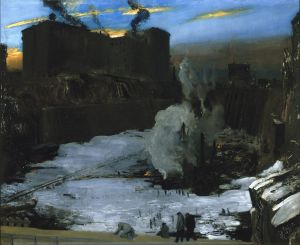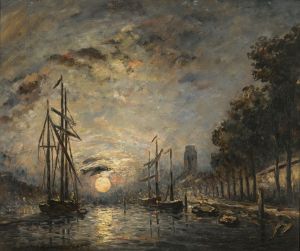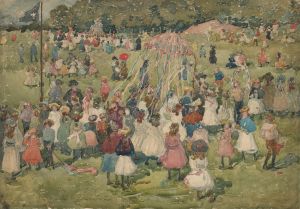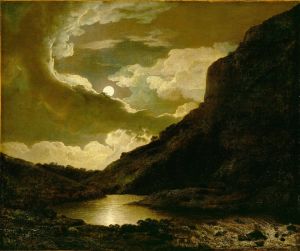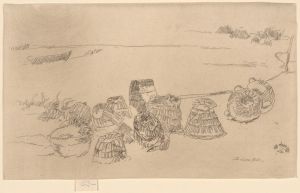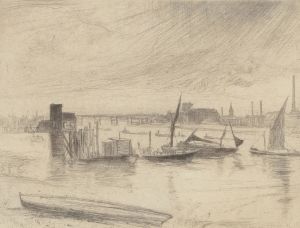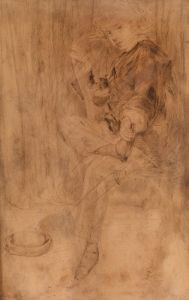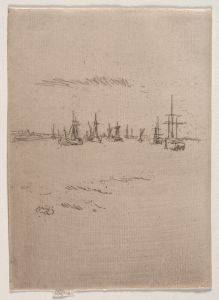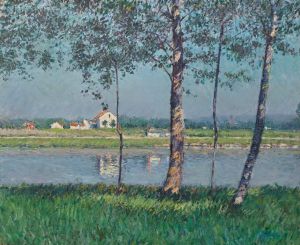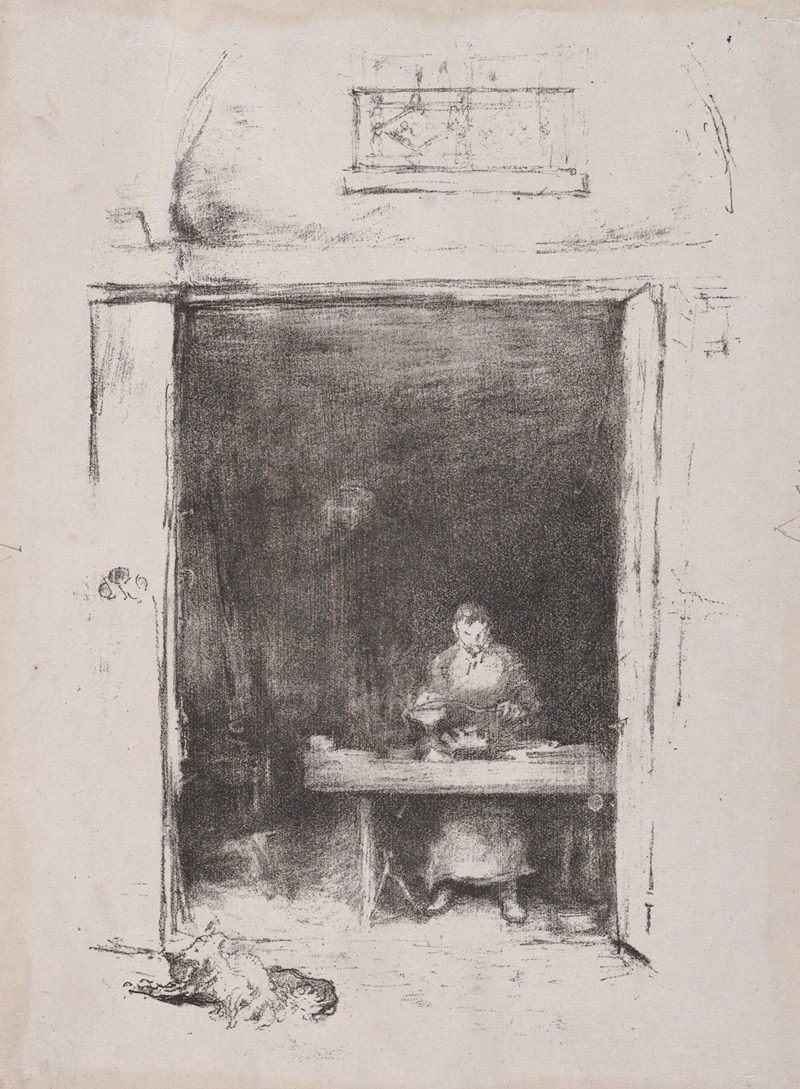
The Smith; Passage du Dragon
A hand-painted replica of James Abbott McNeill Whistler’s masterpiece The Smith; Passage du Dragon, meticulously crafted by professional artists to capture the true essence of the original. Each piece is created with museum-quality canvas and rare mineral pigments, carefully painted by experienced artists with delicate brushstrokes and rich, layered colors to perfectly recreate the texture of the original artwork. Unlike machine-printed reproductions, this hand-painted version brings the painting to life, infused with the artist’s emotions and skill in every stroke. Whether for personal collection or home decoration, it instantly elevates the artistic atmosphere of any space.
James Abbott McNeill Whistler was an American artist known for his distinctive style and significant contributions to the art world during the late 19th century. One of his lesser-known works is "The Smith; Passage du Dragon," which reflects his interest in capturing the essence of everyday life through his art.
Whistler was born in 1834 in Lowell, Massachusetts, and spent much of his early life in Europe, where he developed his artistic skills. He was heavily influenced by the Realist movement and the works of artists such as Gustave Courbet. Whistler's approach to art was characterized by his focus on mood and atmosphere, often prioritizing these elements over detailed representation.
"The Smith; Passage du Dragon" is an etching created by Whistler, showcasing his mastery in this medium. Etching was a popular technique during the 19th century, allowing artists to produce detailed images by incising a design onto a metal plate, which was then inked and pressed onto paper. Whistler was particularly adept at this technique, and his etchings are celebrated for their precision and subtlety.
This particular work is part of Whistler's "French Set," a series of etchings produced during his time in France. The series captures various scenes of Parisian life, reflecting Whistler's keen observation and interest in the urban environment. "The Smith; Passage du Dragon" depicts a blacksmith at work, a subject that Whistler approached with both realism and a sense of artistry.
The setting of the etching, Passage du Dragon, was a real location in Paris, known for its narrow streets and bustling activity. Whistler's choice of this location highlights his fascination with the everyday scenes of the city, which he rendered with a delicate balance of detail and atmosphere. The etching captures the blacksmith in the midst of his labor, surrounded by the tools of his trade, with the passageway providing a backdrop that suggests the vibrancy of urban life.
Whistler's etchings, including "The Smith; Passage du Dragon," are noted for their use of line and composition. He employed a technique that allowed for a range of tones and textures, creating depth and interest in his work. This particular etching is a testament to his ability to convey the character and mood of a scene with minimalistic yet effective means.
Throughout his career, Whistler was known for his innovative approach to art, often challenging traditional boundaries and exploring new techniques. His work in etching, as exemplified by "The Smith; Passage du Dragon," contributed to his reputation as a leading figure in the art world of his time. Whistler's influence extended beyond his own creations, impacting the development of modern art and inspiring future generations of artists.
In summary, "The Smith; Passage du Dragon" is a fine example of James Abbott McNeill Whistler's etching work, reflecting his interest in capturing the essence of everyday life in Paris. Through his skillful use of line and composition, Whistler created a piece that resonates with the vibrancy and atmosphere of the urban environment, solidifying his place as a master of the etching medium.





